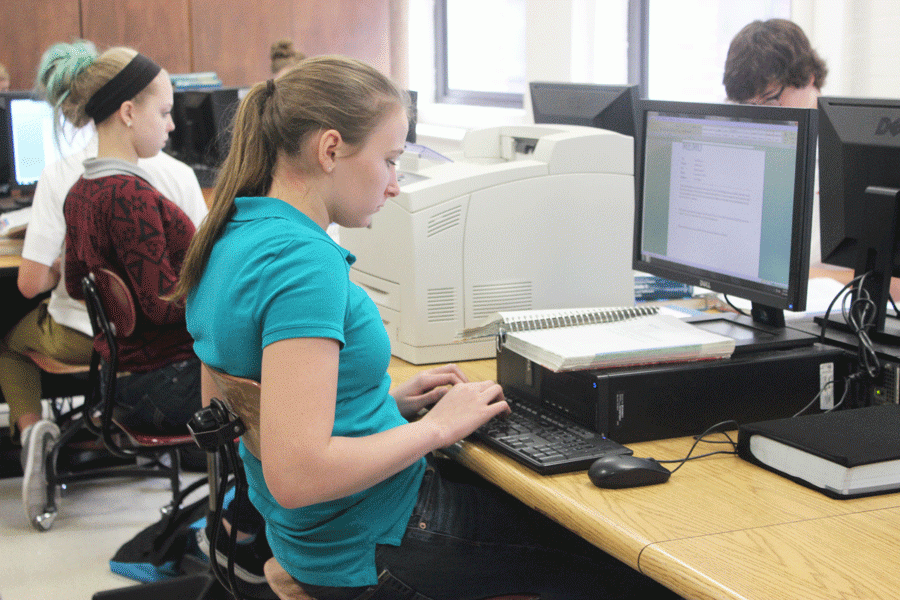State budget cut shows ripple effect at PASD
In America, students are able to attend a public school with no cost of tuition required to be paid by the family. If the Pennsylvania state government did not have a system of taxpayers paying a certain amount of money toward education and having a yearly budget plan, many students would be required to pay tuition for their education. Recently, Pennsylvania politicians have been unable to come to an agreement on how to balance the funds given to all public schools in the state, and the effects of their indecisiveness are hard not to notice.
June 30, 2015, the budget was supposed to be completed. Nothing very promising has happened between then and now, but as of March 21, there are three new propositions for a plan of action in regards to the budget. These propositions have been approved by Governor Tom Wolf, so now it is up to the Pennsylvania government to debate on which proposition to pursue. As of now, the government does not have a clear idea as to what to expect for the upcoming school year.
Many schools throughout the state have resorted to taking out loans in order to stay afloat. PASD relies on money from the state; approximately 53% of total revenue is used toward the district’s total operations. As of the date of publication, the district has not borrowed money from any outside sources or had to cut any school-related activities, but plans to borrow within the month.
“We have [had] to scrutinize every expenditure and decide what is most important and what can be put off until a budget is passed,” Dr. Jeffrey Zwiebel, superintendent of the Pottsville Area School District, said. “Right now, there has been little to no impact on our activities. Again, we are continually monitoring our spending.”
According to the Pennsylvania State Education Association website, “Gov. Tom Wolf’s proposed 2015-2016 state budget includes a $400 million increase in the basic education subsidy and a $100 million increase in the special education subsidy – the largest one-year school funding increase in Pennsylvania’s history. Our schools need these funds now more than ever. Every school district in Pennsylvania has felt the impact of an unprecedented school funding crisis, which began with nearly $1 billion in school funding cuts in 2011.”
Although there has been no major effect to the school yet, there are still precautions being taken. The district has recently undertaken a contract with Honeywell for energy performance. This contract could save around $4 million in the next 15 years. The district has also changed electricity providers in an attempt to save money on the yearly electric costs.
According to Dr. Zwiebel, in the event that the district does run low on money, the district will only be able to raise taxes minimally (one mill) due to the enactment of Act 1, which requires the government to receive voter approval if increasing taxes beyond the Act 1 index. The district will then be forced to apply for grants and loans from outside sources and/or cut programs.
With the recent news of the district purchasing iPads for every student K-12, one might wonder how the district is able to afford this large investment.
“By redoing the lease [with Apple], we stand to save the district nearly $600,000 over the next four years and give every teacher and student an iPad for teaching and learning,” Dr. Zwiebel said.
The fate of students’ education now lies in the hands of the politicians in Harrisburg. It is now up to them to decide how they will keep the schools in Pennsylvania successfully operating.



